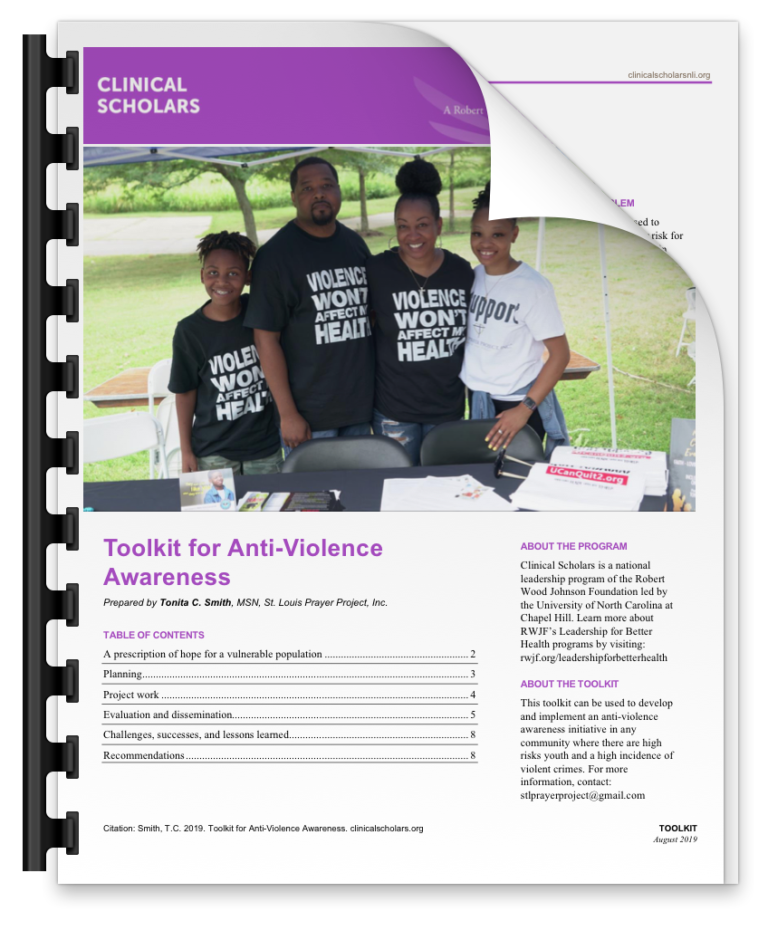

Patient and public involvement (PPI) in research is where research is “being carried out ‘with’ or ‘by’ members of the public” not just “‘to’, ‘about’ or ‘for’ them”.
Pdf toolkit clinical update#
Key activities in further developing and maintaining the toolkit are to: listen to the views and experience of both research teams and public contributors using the tools, to identify the need for future tools, to modify tools based on experience of their use to update the toolkit based on any newly identified resources that come to light to raise awareness of the toolkit and to work in collaboration with others to both develop and test out PPI resources in order to reduce duplication of work in PPI.

Pdf toolkit clinical trial#
This toolkit provides a developing ‘off the shelf’ resource to support trial teams with limited resources in undertaking PPI. For recording and evaluating PPI, the planned PPI interventions should be monitored in terms of impact, and a tool to monitor public contributor experience is in development. These tools, which require a summary of potential trial participant characteristics and circumstances help to clarify requirements and expectations of PPI review. In supporting PPI, tools were developed to review participant information sheets. Four main activities and corresponding tools were identified under the planning for PPI: developing a plan identifying patient and public contributors allocating appropriate costs and managing expectations. Three toolkit domains were identified: planning PPI supporting PPI recording and evaluating PPI.

Tools were developed where gaps existed.Ī flowchart was developed describing PPI activities that should be considered in the clinical trial pathway and the point at which these activities should happen. in conversation with other trialists or social media, were used to identify resources. In the second phase, key websites around PPI and identification of resources opportunistically, e.g. This pathway was informed through review of the type and timing of PPI activities within trials coordinated by the Clinical Trials Research Centre and previously described areas of potential PPI impact in trials. The first phase in developing the toolkit was to describe which PPI activities should be considered in the pathway of a clinical trial and at what stage these activities should take place. This paper describes a developing toolkit to support clinical trials teams to undertake effective and meaningful PPI. The use and sharing of resources can benefit PPI, but available resources are not consistently used leading to duplication of effort. Patient and public involvement (PPI) in research is increasingly a funder requirement due to the potential benefits in the design of relevant, participant friendly, ethically sound research. work in collaboration with others to either develop or test out PPI resources in order to reduce duplication of work in PPI.update the toolkit based on any newly identified resources that come to light.modify the tools based on our experience of using them.listen to the views and experience of both research teams and patient and public contributors who use the tools.Key activities in further developing and maintaining the toolkit are to: The toolkit will provide a key ‘off the shelf’ resource to support trial teams with limited resources, in undertaking PPI. This paper describes how we are developing a toolkit to support clinical trials teams in a clinical trials unit. Using and sharing PPI resources can benefit those involved in undertaking PPI, but existing PPI resources are not used consistently and this can lead to duplication of effort. Patient and public involvement (PPI) in research can potentially help researchers make sure that the design of their research is relevant, that it is participant friendly and ethically sound. Funders of research are increasingly requiring researchers to involve patients and the public in their research.


 0 kommentar(er)
0 kommentar(er)
